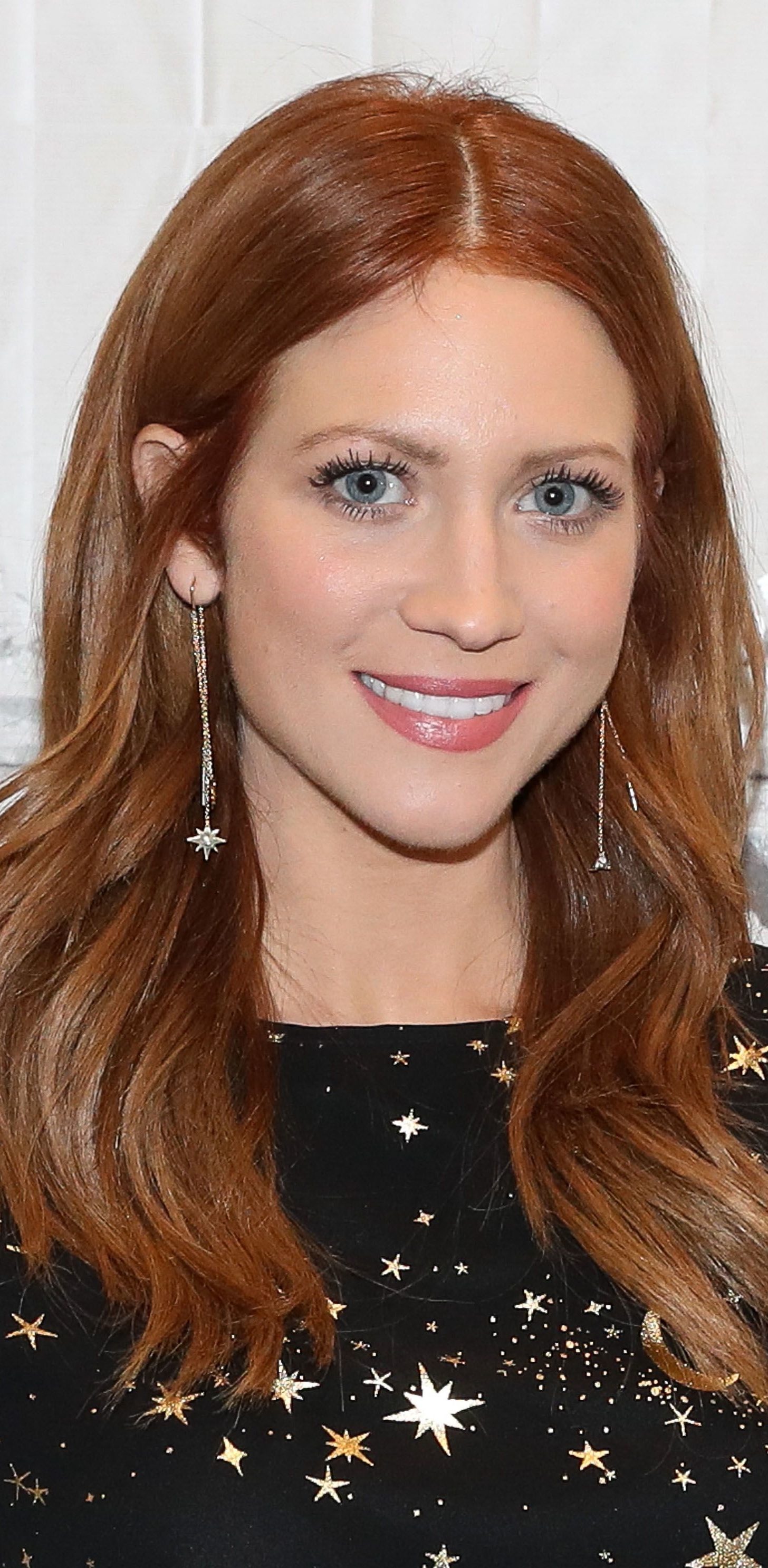

Healthline has strict sourcing guidelines and relies on peer-reviewed studies, academic research institutions, and medical associations. That’s why something like red hair or blue eyes could “skip” generations and show up a few steps down the family line.

When a person has a child, they can pass their recessive gene information to their offspring, and the trait could win out. Even when you can’t see recessive characteristics - red hair, for example - they’re still there, hiding out in a person’s chromosomes. You might believe that because these genetic traits are rare, they could be diluted out of the gene pool entirely. Are red-haired, blue-eyed people going extinct? This gene is responsible for freckles in many redheads, too. Whether you have one or both MC1R gene copies inactivated can also determine the shade of red hair you have, from strawberry blonde to deep auburn to bright red. In people with an activated MC1R, eumelanin can balance pheomelanin, but in redheads, the gene variant prevents that.
#NATURAL DARK RED HAIR SKIN#
When MC1R is inactivated, the body produces more pheomelanin, which is responsible for reddish skin and hair tones, than eumelanin, which is responsible for shades of brown and black. Most redheads have a gene mutation in the melanocortin 1 receptor (MC1R). Red hair is the result of a genetic variant that causes the body’s skin cells and hair cells to produce more of one particular type of melanin and less of another. The amount and type of melanin your body produces determines how dark or light your skin will be. Melanocytes are melanin-forming cells in your skin. The true pattern of inheritance of hair color is somewhat more complicated, though, as there are many genes involved. Lastly, if both parents are carriers of the gene variant but don’t have red hair, the child has about a 1 in 4 chance of having truly red hair. If one parent is redheaded and the other isn’t, the chances their child will have red hair is about 50 percent, though the shade of red may vary greatly. For example, if both parents have red hair, a child receives mostly the genetic information for red hair, so the chances they will have red hair is almost 100 percent. For example, two brown-haired, brown-eyed parents can have a child with blonde hair and blue eyes.īoth parents can display recessive gene characteristics, and they can pass those to their children, too. While they may display the dominant genes, they still have - and can pass to their kids - the recessive genes. Parents can also be carriers for recessive genes. Brown hair and brown eyes, for example, are both dominant, which is why they make up such a large percentage of hair-eye color combinations. Though hair color is influenced by multiple genes, in general, dominant genes win out in a head-to-head matchup against recessive genes. Parents share the blueprint of many features, from hair color to personality, in their genes. Gene characteristics fall into two categories: recessive and dominant.

How does someone get red hair and blue eyes Sometimes, however, the genetic stars align, and individuals are born with the rare combination of red hair and blue eyes. The likelihood of this happening is quite rare, especially if neither of your parents has red hair or blue eyes. You must inherit two sets of genetic information for both your hair color and your eye color to have these less-common characteristics. If one person has both red hair and blue eyes, there’s a good chance one or both of their parents do, too, but not always. Your hair color and eye color come down to what genes you inherit from your parents. Today, estimates suggest about 17 percent of people worldwide have blue eyes. But from 1936 to 1951, that number fell to 33.8 percent. One study found that between 18, more than half of non-Hispanic white people in the United States had blue eyes. Blue eyes are similarly uncommon, and they may be becoming rarer. Red hair, occurring in just 1 to 2 percent of the population, is the least common. In the array of possible natural hair colors, dark hues are the most common - more than 90 percent of people worldwide have brown or black hair.


 0 kommentar(er)
0 kommentar(er)
